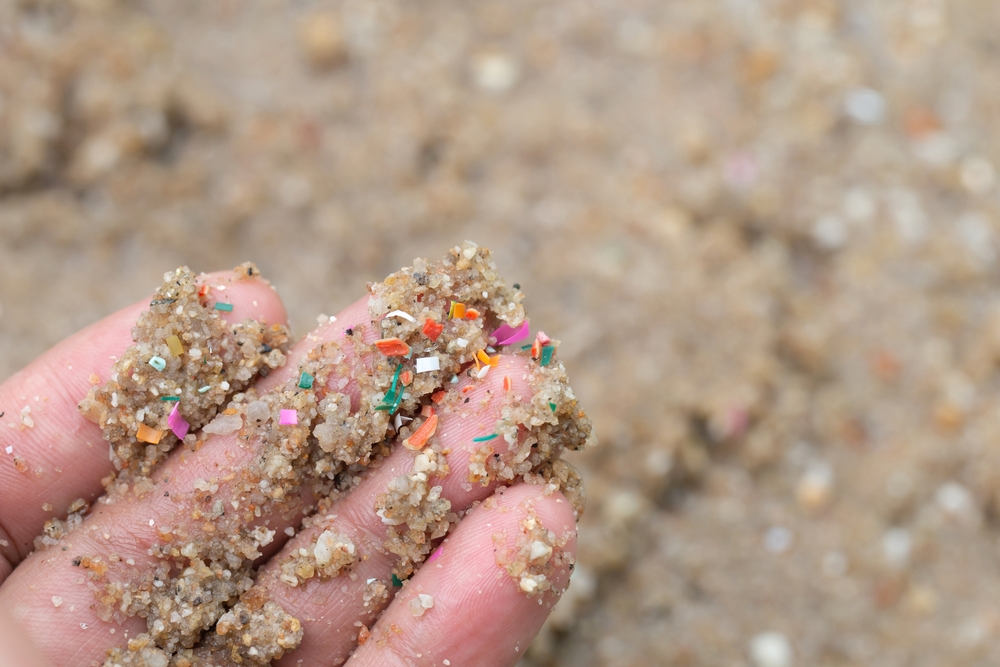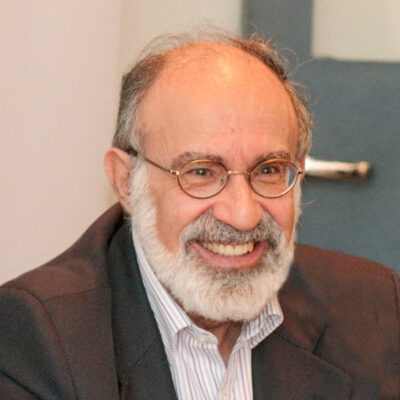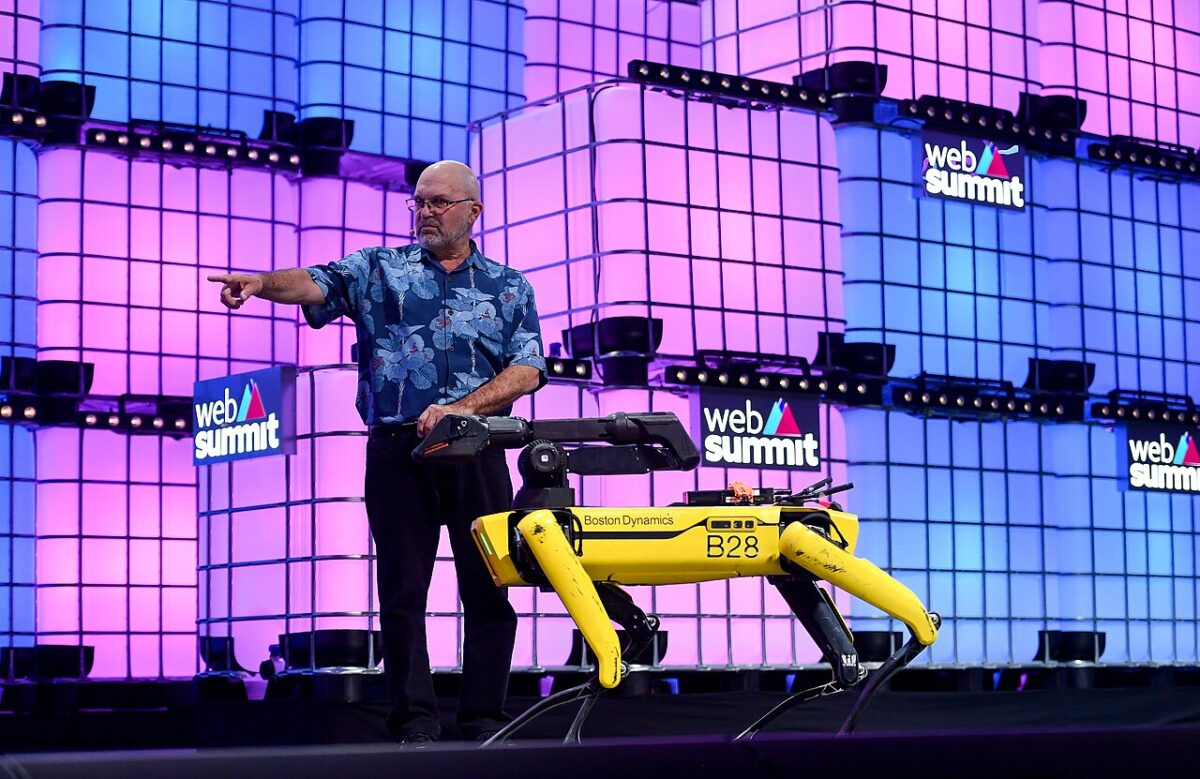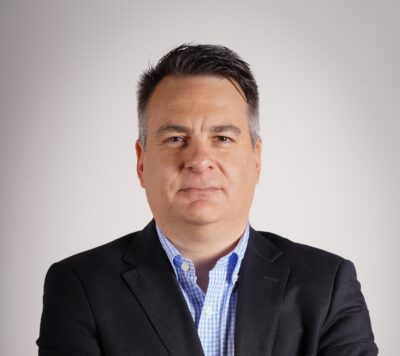 #Columns
#Columns
In the middle of the road there was some plastic
While the versatility of plastics has made them a revolutionary discovery, the price paid by the planet is too high for us to remain impassive in the face of an urgent need for change
 In the depths of the ocean: a fish that died after ingesting a plastic glove in a contaminated marine habitat | Photo: Shutterstock
In the depths of the ocean: a fish that died after ingesting a plastic glove in a contaminated marine habitat | Photo: Shutterstock
Imagine the Brazilian poet Carlos Drummond de Andrade (1902–1987) rewriting his famous poem No meio do caminho (In the middle of the road) with a modern twist: “In the middle of the road there was some plastic, there was some plastic in the middle of the road.” Instead of the stone that Andrade wrote about, the obstacle we face today is the ubiquity of plastic in our daily lives, and tragically, in our natural environment.
How did we reach this point? And what does it mean for our health and the planet?
The invention of plastic marked the turn the twentieth century. Initially, thanks to its versatility and low cost, it sparked a revolution that made our lives easier in many ways. What we did not realize at the time was that this convenience would come at a high price. We now live in an era where the Homo sapiens is slowly turning into Homo plasticus.
Plastic is everywhere. From food packaging to the fibers in our clothes, through children’s toys and the electronic devices we use a thousand times a day.
It is simultaneously a blessing and a curse. While it makes life easier in many ways, it is also creating an unprecedented health and environmental crisis.
In addition to plastics, which can be found practically everywhere that human beings live—as well as in places where they do not—we also have to contend with microplastics and nanoplastics.
Microplastics, which are tiny particles created by the fragmentation of larger plastics, are infiltrating every corner of the planet. They are found in the soil in which we grow our food, in the water we drink, and frighteningly, even in the air we breathe.
There are microplastics in the darkest depths of the oceans, on the highest mountain peaks, and even in the remote Antarctic. They serve as a constant reminder of the scale of our environmental impact.
And what does this mean for us, as human beings? That is something that science is still trying to figure out. We already know that we ingest microplastics on a daily basis.
A study commissioned by the international nongovernmental organization the World Wildlife Fund (WWF), conducted by the University of Newcastle, Australia, revealed that people ingest an average of approximately five grams of plastic per week, equivalent to the weight of a credit card.
It is estimated that we consume around 2,000 microplastic particles a week, totaling approximately 21 grams a month and just over 250 grams a year.
Microplastics are primarily ingested through drinking water (both bottled and tap) and foods and beverages such as shellfish, beer, and salt.
The WWF study stresses the urgent need for global action to tackle plastic pollution and to mitigate its impacts on the environment and human health.
The idea of consuming a plastic credit card once a week is somewhat disturbing. But the implications go beyond the feeling of disgust that this image evokes.
Microplastics can carry toxic substances, heavy metals, and other harmful chemicals that cause various health problems when accumulated in the body, the long-term magnitude of which remains unclear.
Continued exposure to microplastics can lead to inflammation, cell damage, and interference with the endocrine system, affecting growth and development.
What is being seen in animals—from fish with plastic-filled stomachs to starving seabirds with blocked intestines—could be a harbinger of what is to come for us.
The excellent documentary Albatross, by American photographer Chris Jordan, which shows a dead albatross chick in Midway Atoll (located in the middle of the Pacific Ocean, 2,100 km from Honolulu), helped stoke the debate on plastic pollution in the oceans. That was in 2009.

Unfortunately, the images taken by other photographers of thousands of dead birds with their stomachs full of plastic products, including bottle caps and toothbrushes, have not been enough to push through more effective measures on global plastic consumption and disposal.
Human health risks
In mammals, including rodents used in laboratory studies, microplastics have been linked to organ toxicity and inflammation, as well as negative impacts on the reproductive system.
This evidence in animals serves as a warning about the potential risks to human health, since we share many similar biological processes.
In humans, there is already evidence of contamination during heart surgery (due to a high concentration of plastics in the operating room itself) and of the presence of microplastics in atheromas (a buildup of plaque that increases the risk of certain vascular problems more than fourfold).
The fact that we know that they also cross the placental barrier and can reach the fetal brain, and that nanoplastics can affect the mitochondria, is just the tip of the iceberg, the consequences of which are as yet unknown.
In the middle of the road there was some plastic
This phrase echoes in our minds as we reflect on the growing disconnect between humans and nature. With each passing day, we dive deeper into an existence surrounded by synthetic materials, forgetting the essence of the natural world that sustains us.
Many people live with a sense of control and abundance that is deeply unsustainable and disproportionately threatens vulnerable populations, for whom sanitation issues are critical.
But all is not lost. There is a growing sense of awareness and greater action is being taken against the proliferation of plastic.
Countries are banning single-use plastics, cities are promoting recycling and a circular economy, and scientists are striving to develop biodegradable materials that are less harmful to the environment and consequently to humans and animals.
The transformation of Homo sapiens into Homo plasticus is not inevitable. But we must remain on high alert.
We have the ability to reverse our course, to reconnect with nature, to create a more sustainable future. Every small act can make a difference, from refusing a plastic bag to supporting public policies designed to reduce plastic.
Change starts at home, in our daily choices, and extends to the community and beyond.
In the middle of the road there was some plastic. And there still is. But the question we must ask ourselves is: do we want to continue going down this road? Or are we willing to build a new one, where nature and technology can coexist harmoniously, without sacrificing the health of our planet?
The answer is in our hands and it is up to us to act. I hope we will one day look back and see that we chose the right path, the path of reconnecting with nature and committing to a sustainable future.
We must aim to face one less plastic obstacle at every step we take, moving forward with the hope of a cleaner and healthier world.
After all, if there is plastic in the middle of the road, it is our responsibility to move it out of the way.

Lis Leão is a senior researcher at Hospital Israelita Albert Einstein and head of the e-Nature Research Group for interdisciplinary studies on connections between nature, health, and well-being (CNPq).
*
This article may be republished online under the CC-BY-NC-ND Creative Commons license.
The text must not be edited and the author(s) and source (Science Arena) must be credited.




